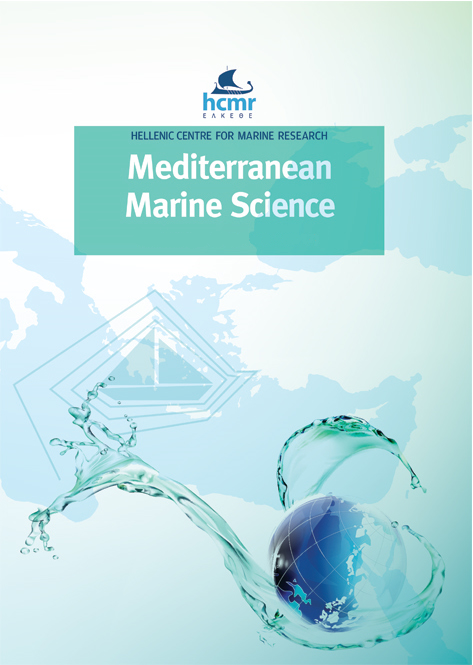Polychaete diversity in Tunisian waters as of 2021: an update with special emphasis on Non-Indigenous species
Résumé
The last inventory of Tunisian polychaetes diversity by Ayari et al. (2009) is updated. New records were acquired from the literature and from the current study concerning species collected in the tidal channels of the Gulf of Gabès (2016-2017) and the re-examination of some species deposited in the collection of the Tunisian National Institute of Marine Sciences and Technologies. This inventory, reviewing the taxonomy, nomenclature, and biogeographic distribution of the Tunisian polychaetes, includes 390 species belonging to 52 families, among which the Serpulidae (41 species) and Syllidae (36 species) are the most diverse. In total, 37 species previously reported are currently removed from the Tunisian polychaetes list. An additional 121 new species are added, including 23 species collected in the tidal channels and 6 species in the reference collection previously misidentified as their congeners. Morphological differences between the latter are briefly discussed and figured. Among these species, Laonice bahusiensis, Laonice norgensis, and Scolelepis neglecta are extending their Mediterranean distribution, while Sternaspis thalassemoides and Caulleriella mediterranea are probably reported for the first time after their original description. In addition, this current inventory allows us to discuss the establishment status of 17 Non-Indigenous polychaete species (14 established, 1 casual, and 2 cryptogenic) found in Tunisian waters.
Article Details
- Comment citer
-
AYARI-KLITI, R., BAKALEM, A., FERSI, A., AFLI, A., & DAUVIN, J.-C. (2022). Polychaete diversity in Tunisian waters as of 2021: an update with special emphasis on Non-Indigenous species. Mediterranean Marine Science, 23(3), 698–724. https://doi.org/10.12681/mms.27798
- Rubrique
- Research Article
Authors who publish with this journal agree to the following terms:
- Authors retain copyright and grant the journal right of first publication with the work simultaneously licensed under a Creative Commons Attribution Non-Commercial License that allows others to share the work with an acknowledgement of the work's authorship and initial publication in this journal.
- Authors are able to enter into separate, additional contractual arrangements for the non-exclusive distribution of the journal's published version of the work (e.g. post it to an institutional repository or publish it in a book), with an acknowledgement of its initial publication in this journal.
- Authors are permitted and encouraged to post their work online (preferably in institutional repositories or on their website) prior to and during the submission process, as it can lead to productive exchanges, as well as earlier and greater citation of published work (See The Effect of Open Access).










